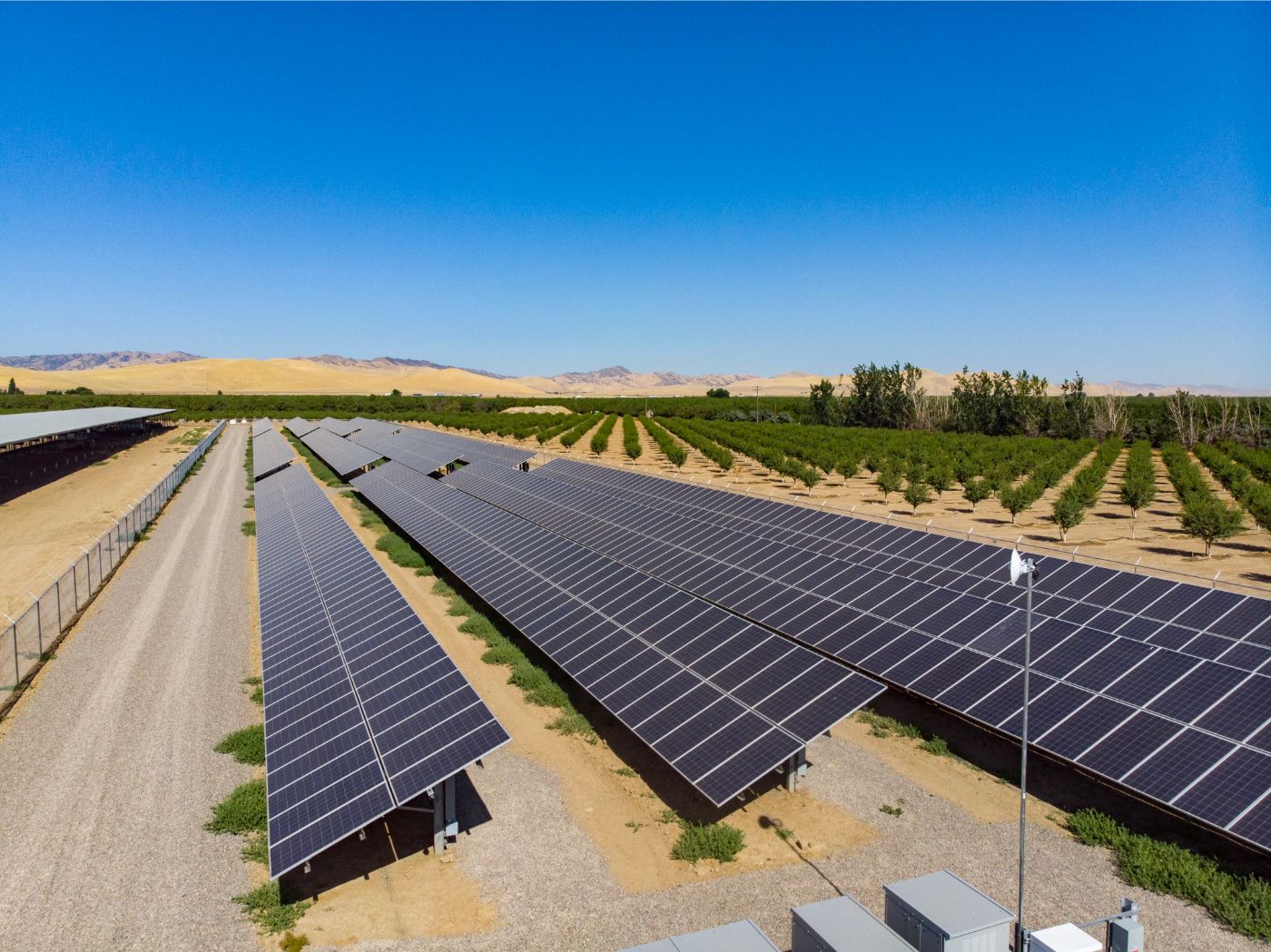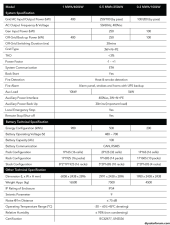Hello all,
I hope this is the right subforum to post this thread in; discussion includes generators, solar panels, and large-scale inverters.
I'm looking into the feasibility of building a 1 MW power station and using grid power as backup.
I'd like to get a ballpark figure on costs before spending too much time digging deeper.
Our current power consumption is about 700-800 KW at peak, and our annual electric costs are about $225K.
I've estimated that if capital costs of such a system can be repaid in 10 years, including generator fuel, it's worth the investment.
The location in question is serviced by a poorly run electric company and we've found that the legs are very often out of balance, especially during the summer months, which is destroying the life of our motors and electrical equipment.
My initial thought is to buy 1 MW of solar panels (day) and 1 MW of propane generators (night).
Ideally, we'd have 3x 500 KW generators, 2x running in parallel simultaneously and 1x shut down for service (or as a backup) at any time.
I have not even begun searching for inverters of this size yet, and this is one of my main concerns.
Adding lithium batteries at this time seems prohibitive, unless someone has a good, economical storage alternative to propose.
Any thoughts, input, and ideas are welcome.
Thank you.

How Much Investment Do You Need For A Solar Farm? | Coldwell Solar
When it comes to alternative investment options to pick from outside of bonds and stock, the solar farm is one of the popular choices. We say this because it also...
From looking at this page it appears a 1MW plant would produce 1440MWh a year average, and profit around 43K, so the 4hour average daily production would likely cut your usage by 1/3 to 1/2 depending on operation times.
If you contacted tesla you might get a MWH of battery modules for another million... you might get enough from solar to eliminate your energy draw from the grid entirely...
Heck...
Add another MW of production and get PAID by the power company to produce power that will stabilize THEIR grid...
Assuming of course ya have 16 or so acres available...
Last edited:



